Planning your visits to the nest
Planning your visits
To collect the most useful information about a nesting attempt, you should visit it at regular intervals until no live eggs or young remain in the nest. A few well-planned visits to the nest can provide all the information you need.
Understanding the different stages of a nest - laying, incubation, hatching, nestling, and fledgling - can help you plan your visits to the nest and collect the most accurate information.
The timing of these nest stages will depend on the species being monitored. For example, a Blackbird will take only 10 to 15 days to incubate a clutch of eggs, whereas a Sparrowhawk will take 30 to 36 days.
How to calculate the spacing of your visits
BirdFacts lists the number of clutches, the incubation period (the time between the start of incubation and hatching) and the fledging period (the time between hatching and fledging) for every UK breeding species in its ‘Biology’ section.
You can use this information to calculate the estimated dates of laying, incubating, hatching and fledging of the nest you are monitoring. Then use the advice below to plan the spacing of your visits, to suit the breeding cycle of the specific species.
Laying period
The laying period is the length of time between the first and last egg laid in the nest.
You can visit just once during the laying period, even if you don’t visit on the day the first egg is laid. By recording the date you visited along with an accurate count of eggs it will be possible to calculate the first egg date. The full clutch can then be counted during incubation.
Incubation period
The incubation period is the length of time between the beginning of incubation (when the adult bird sits on the eggs to warm them while they develop) and the first egg hatching.
There can be a slight delay between the final clutch being laid and incubtion beginning. Aim for just one visit during the incubation period, to record the completed clutch size.
Hatching period
The hatching period is the time when the chicks hatch. Care is needed here because parent birds are often sensitive to disturbance.
Aim to visit just after the hatching period, to record the number of eggs hatched accurately.
Nestling period
The nestling period is the time after hatching when the young grow and develop until they are old enough to fledge.
Conducting two follow-up visits during the nestling period is ideal - one when the young are half-grown and another at three-quarters grown. These will show how well the nestlings are surviving and give the number likely to fledge.
Fledgling period
The fledgling period is the time when the chicks fly for the first time. For most passerine species, this is also when the chicks leave the nest.
Visit shortly after the young are expected to fly to give an accurate fledging date. Care is required during the fledgling period to ensure the young do not ‘explode’ from the nest when you approach, causing premature flight.
The final recorded visit to the nest
Once the young have fledged from the nest, the outcome can be recorded. The visit at which you record the outcome should be your final recorded visit.
Please do not record subsequent visits to the nest, such as visits to a nestbox in autumn to clean it out, or sightings of fledged young weeks later when passing the nest site.
- If you visit an old nest and it has fresh eggs, this will be the start of a new record.
- If you stop visiting a nest before the breeding attempt has finished, or if you are unable to relocate the nest, please just enter the status code ‘OU’ - meaning ‘outcome unknown’ - in the status code field on the last visit that you made.


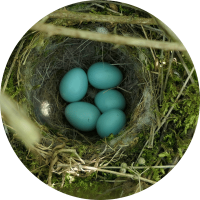
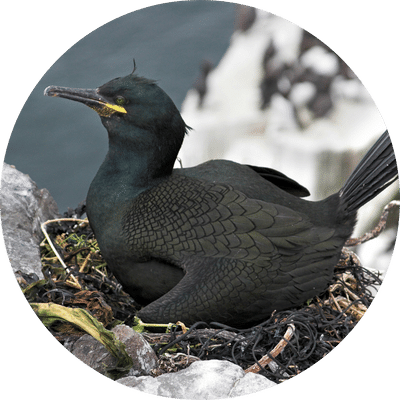
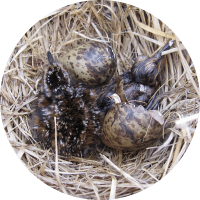
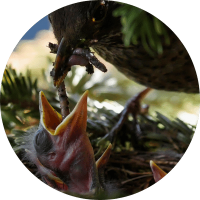
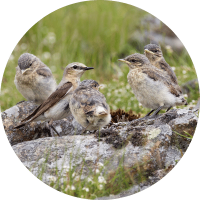




Share this page